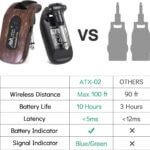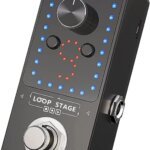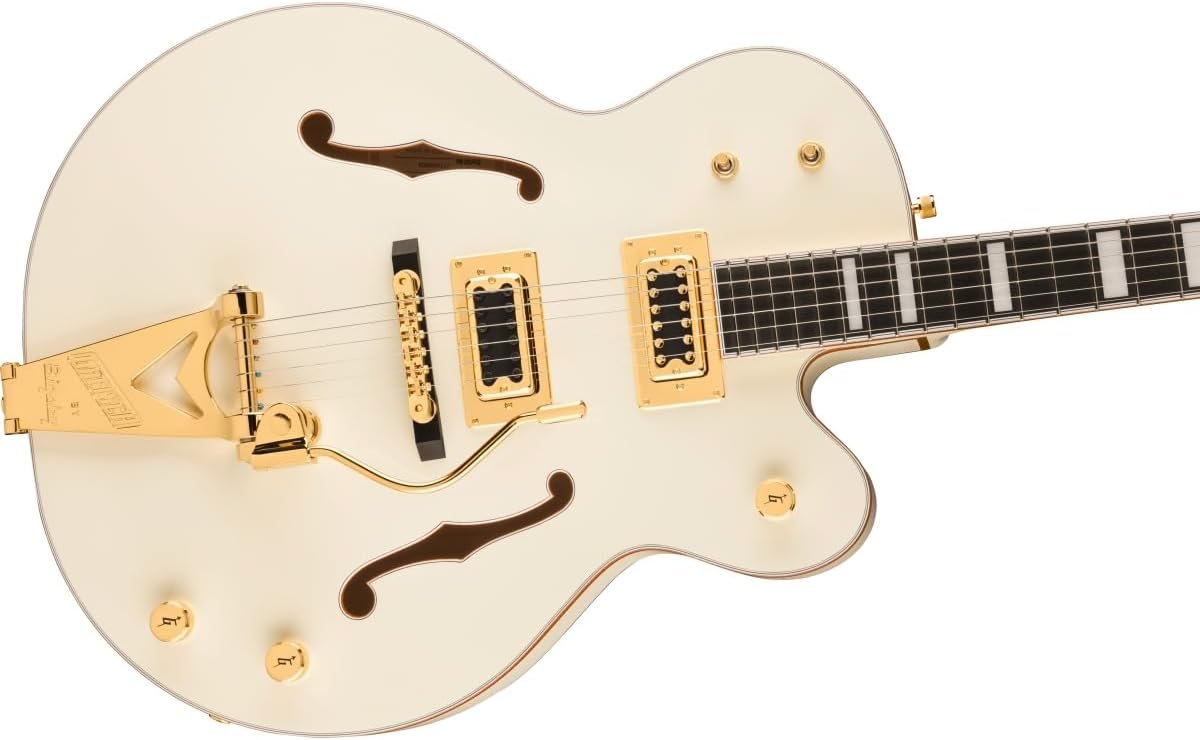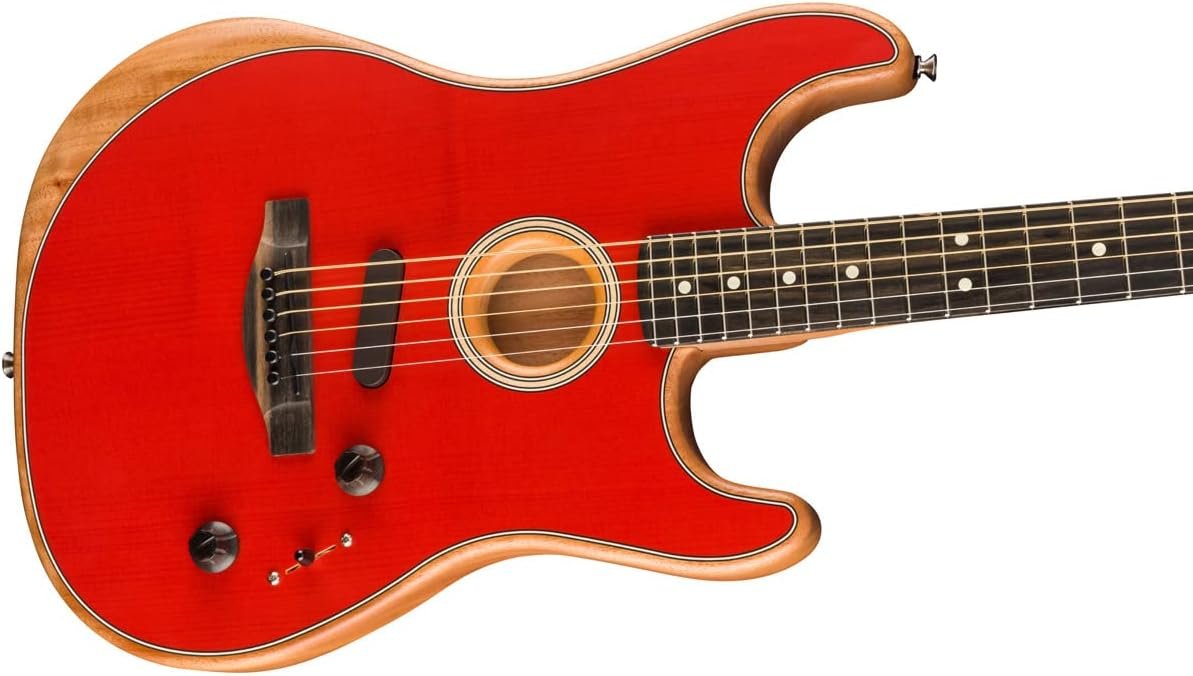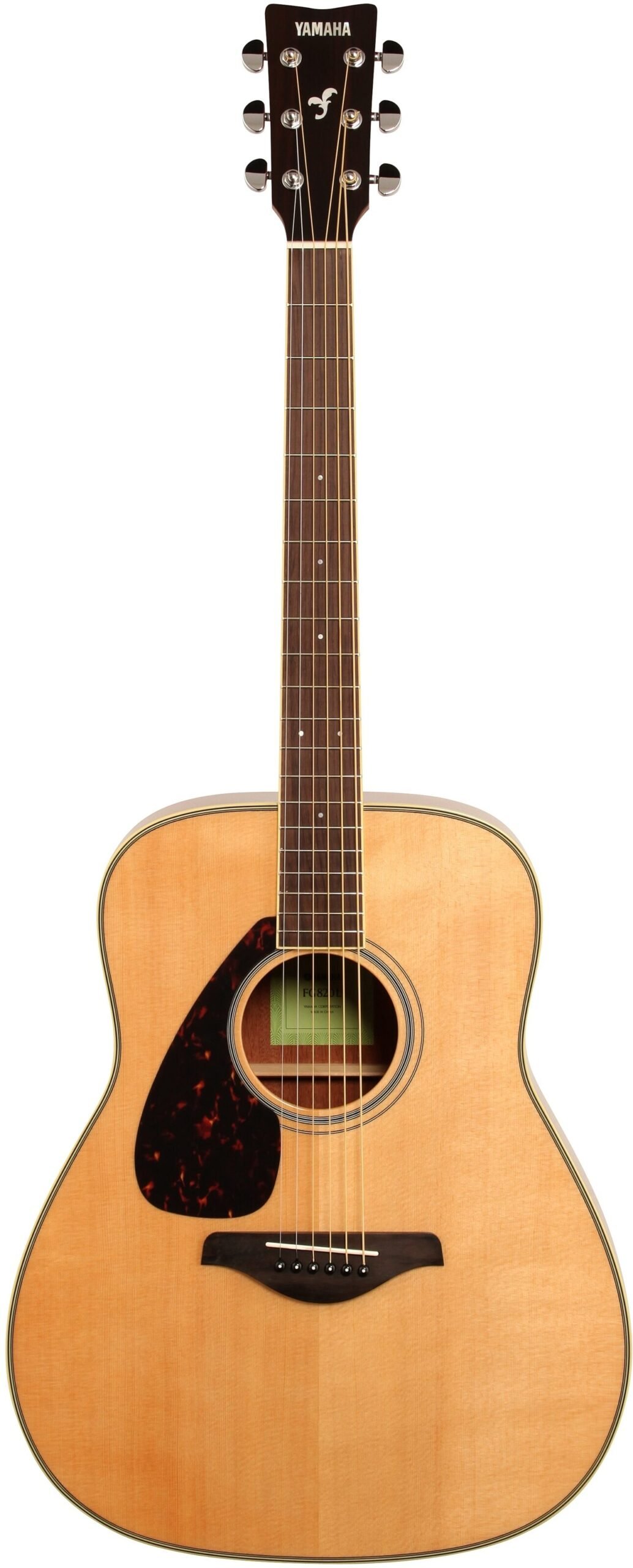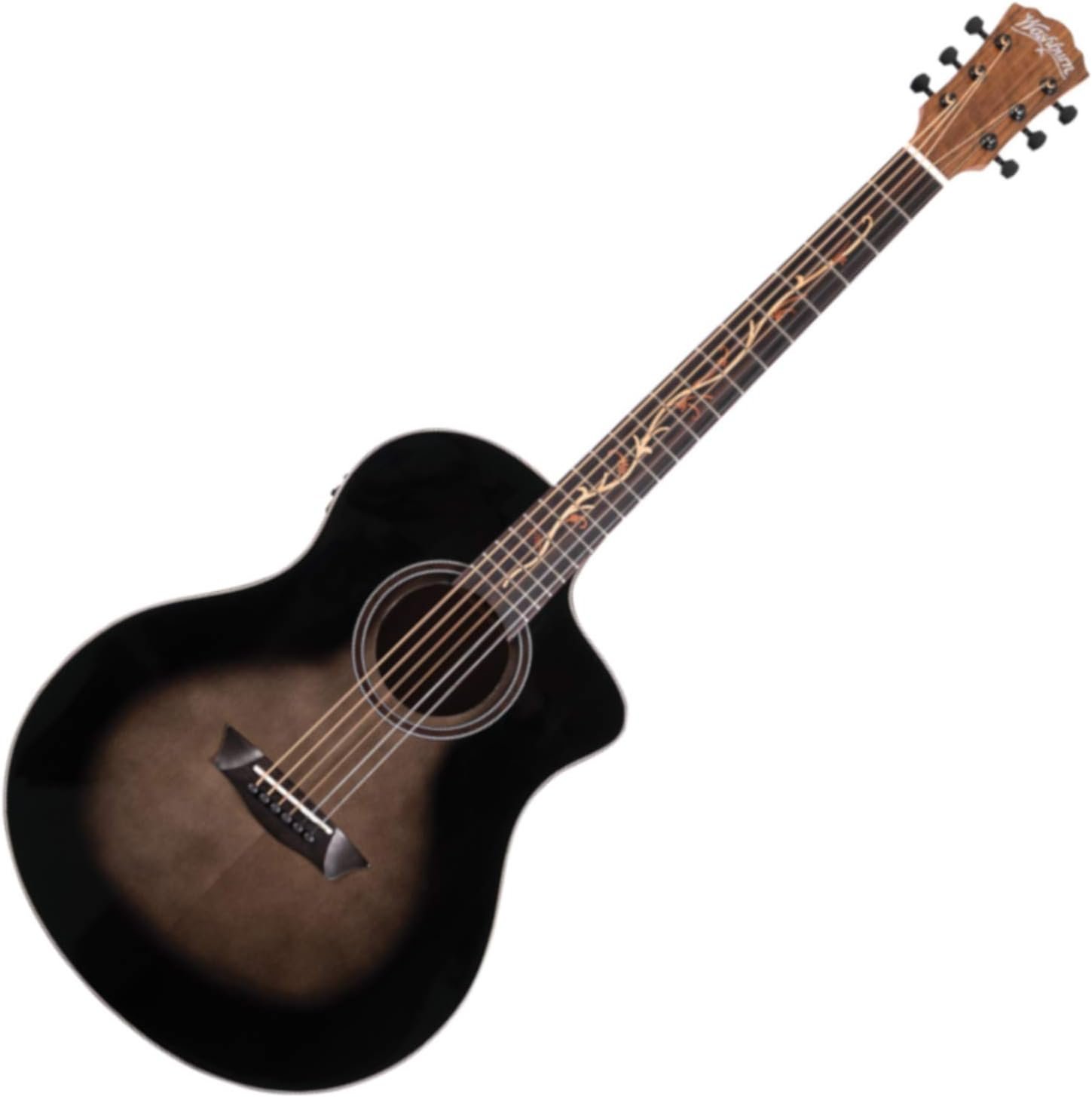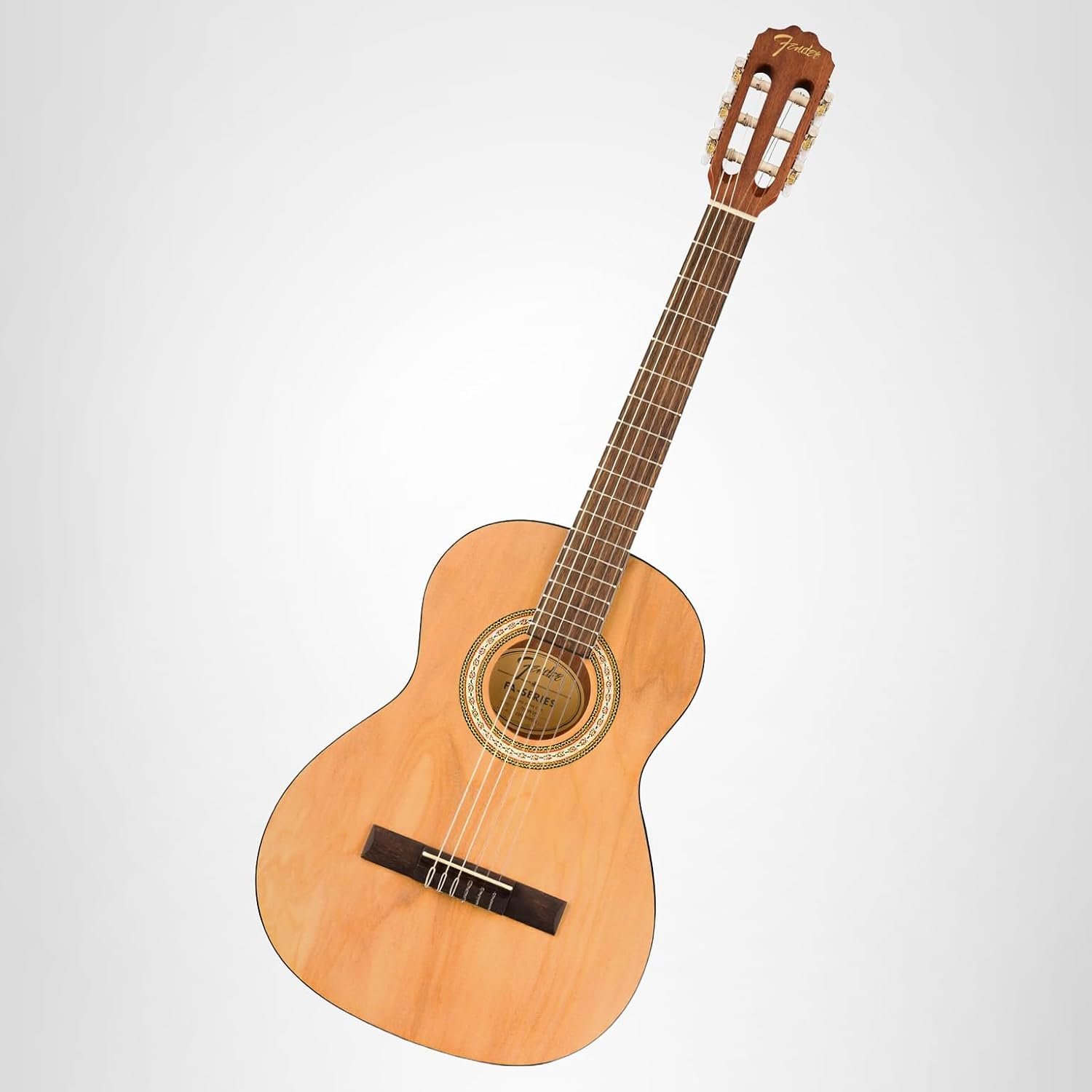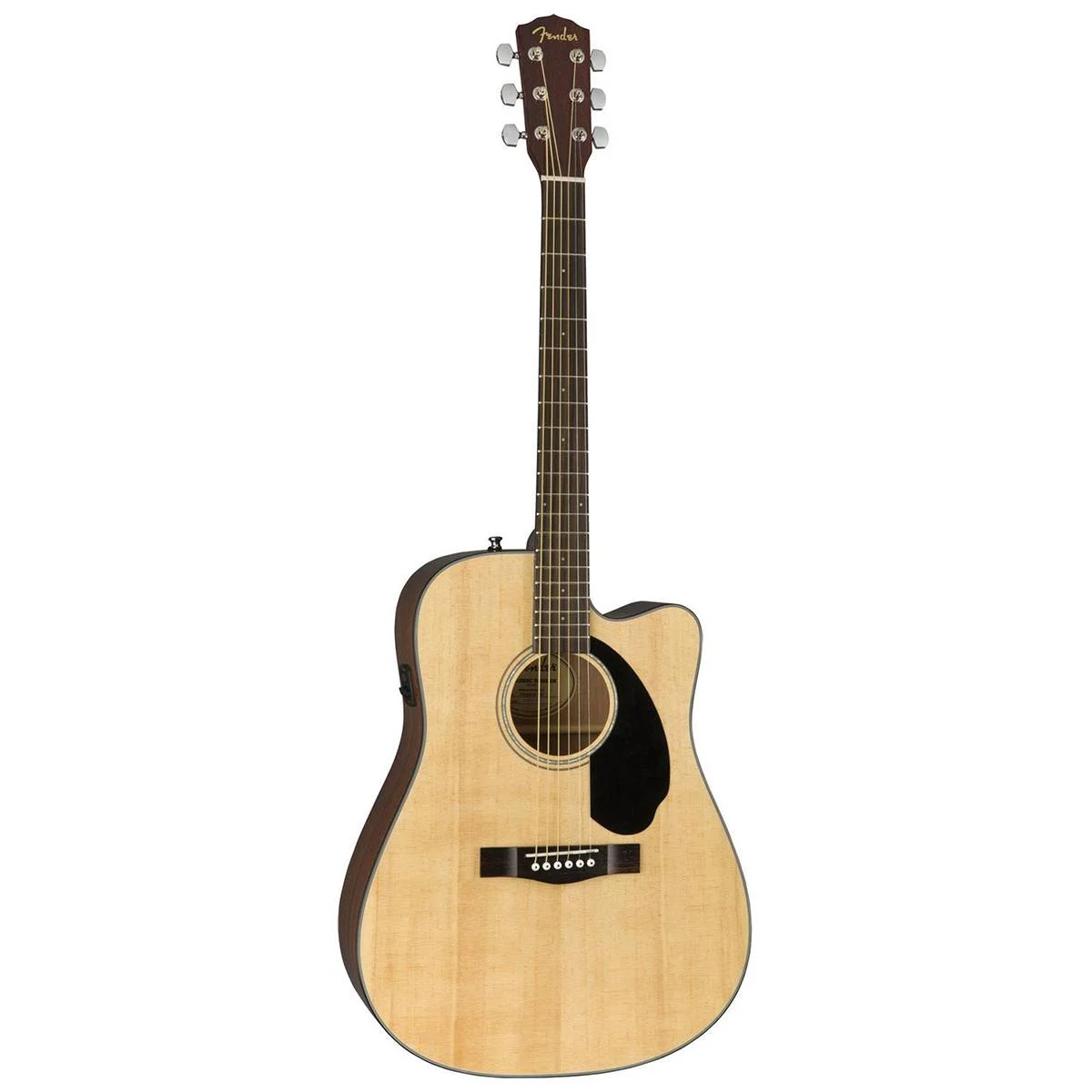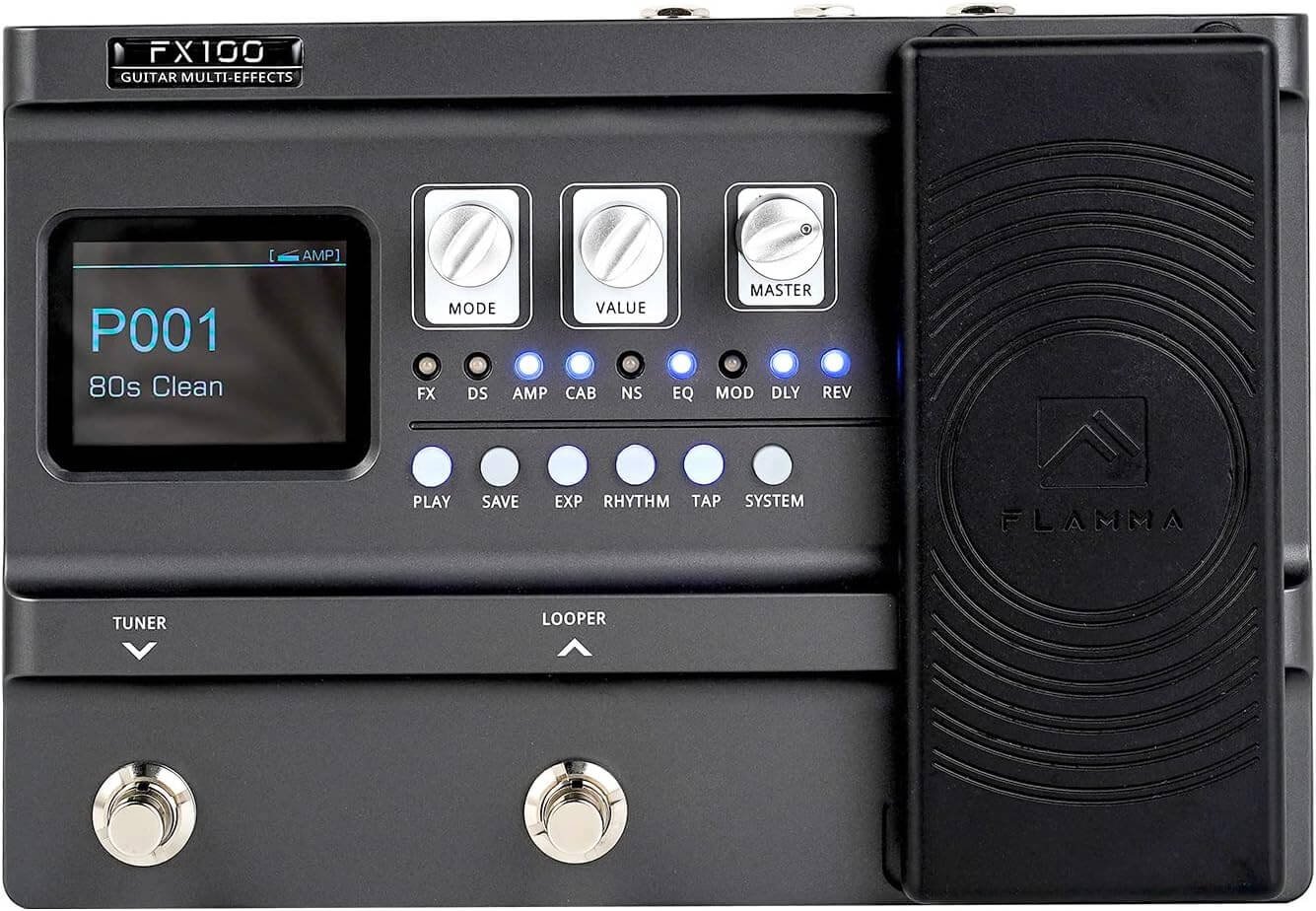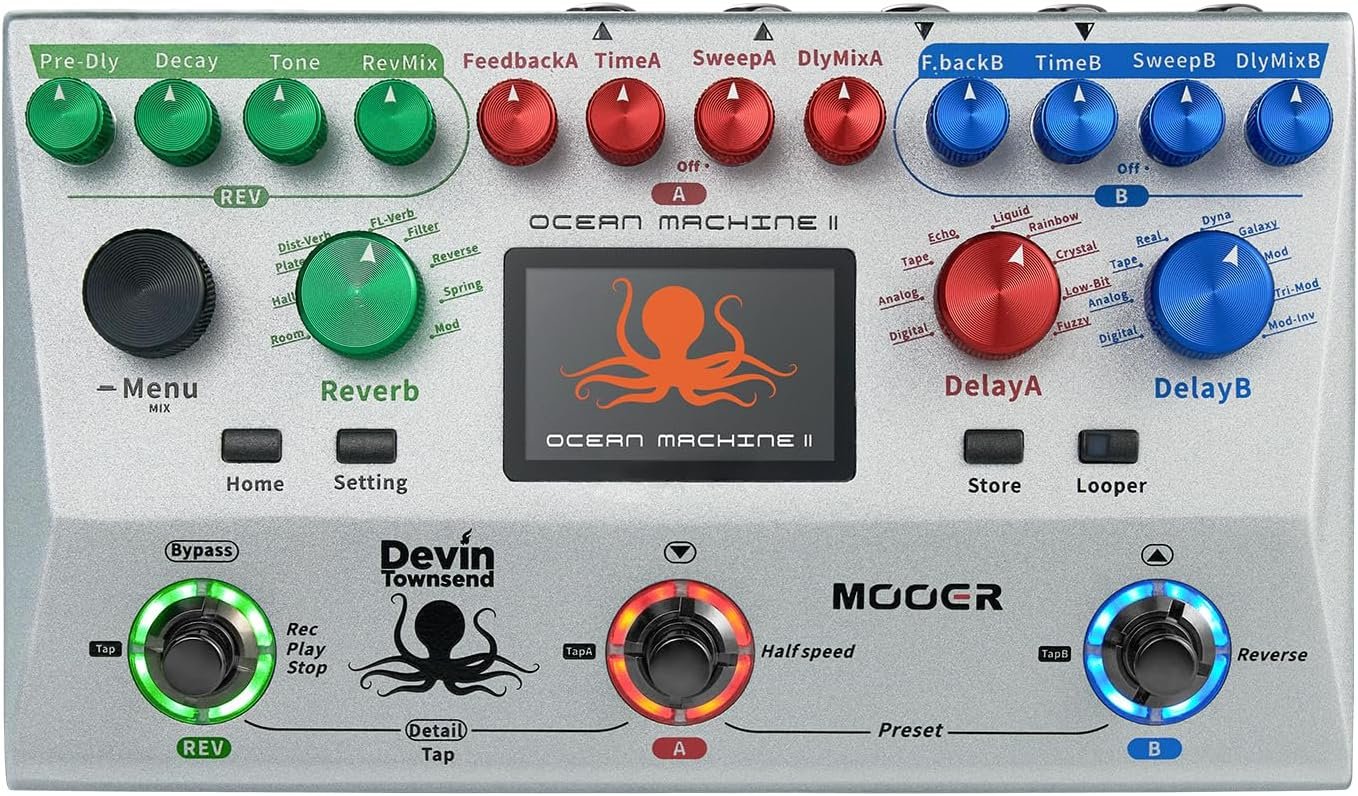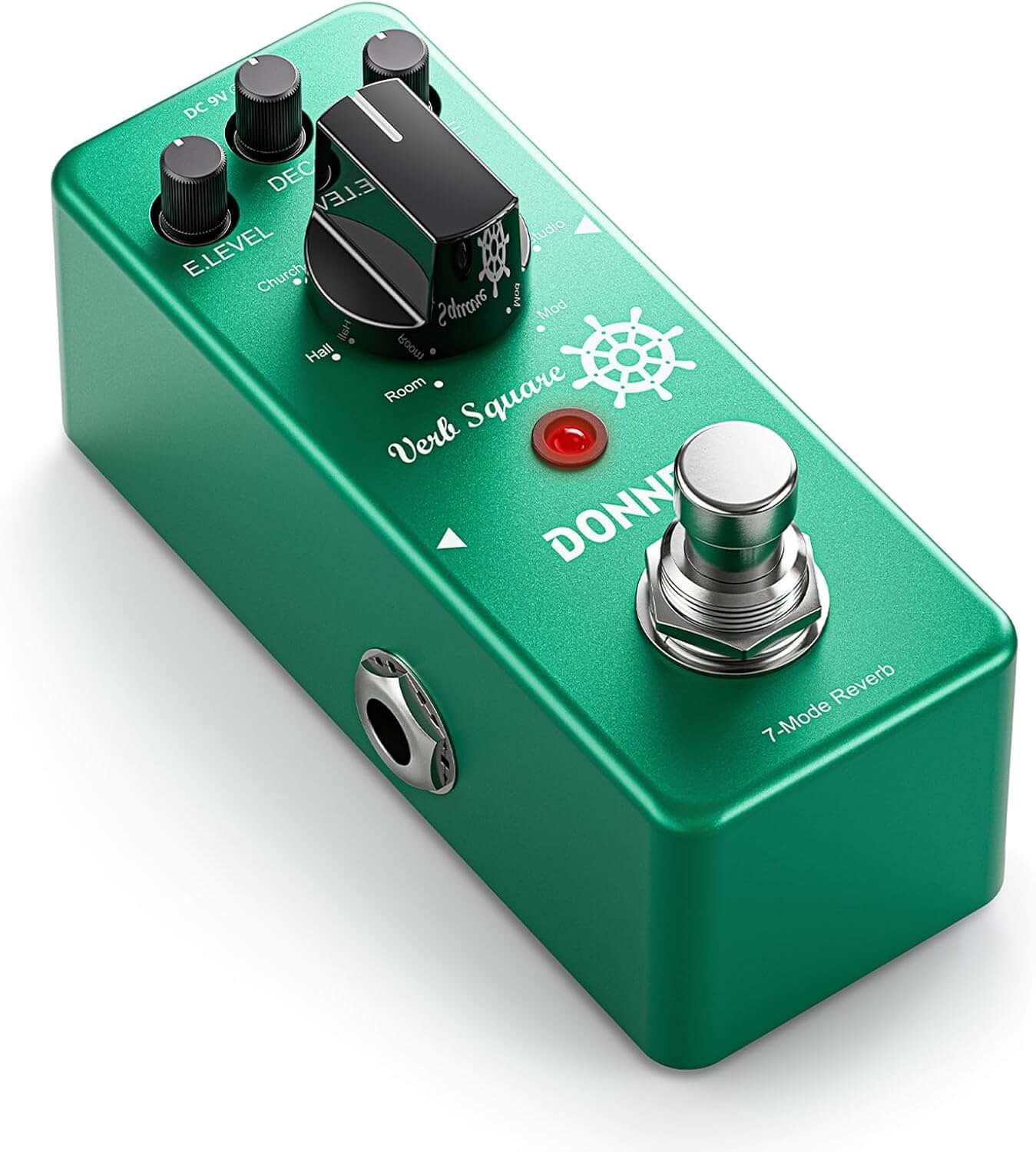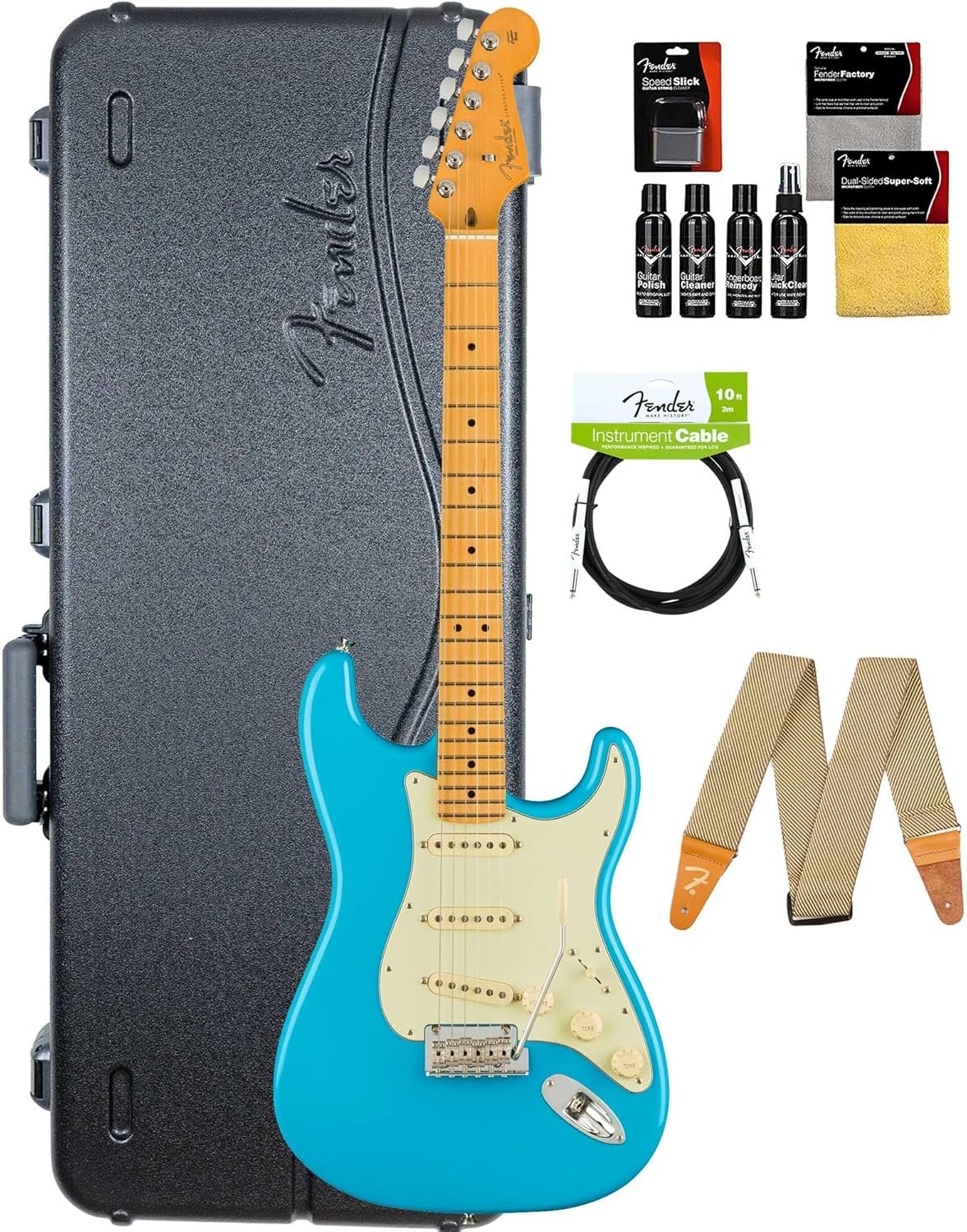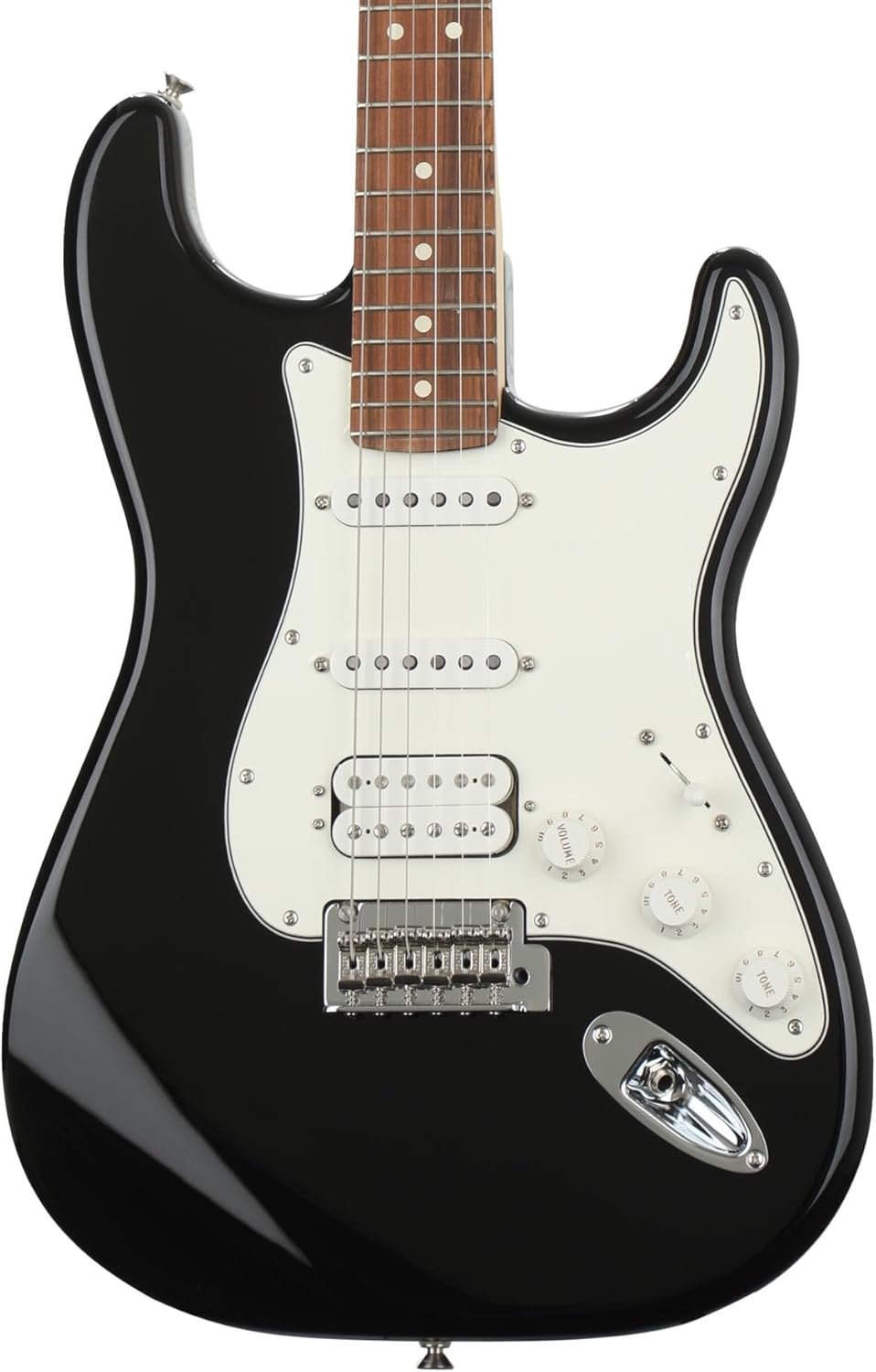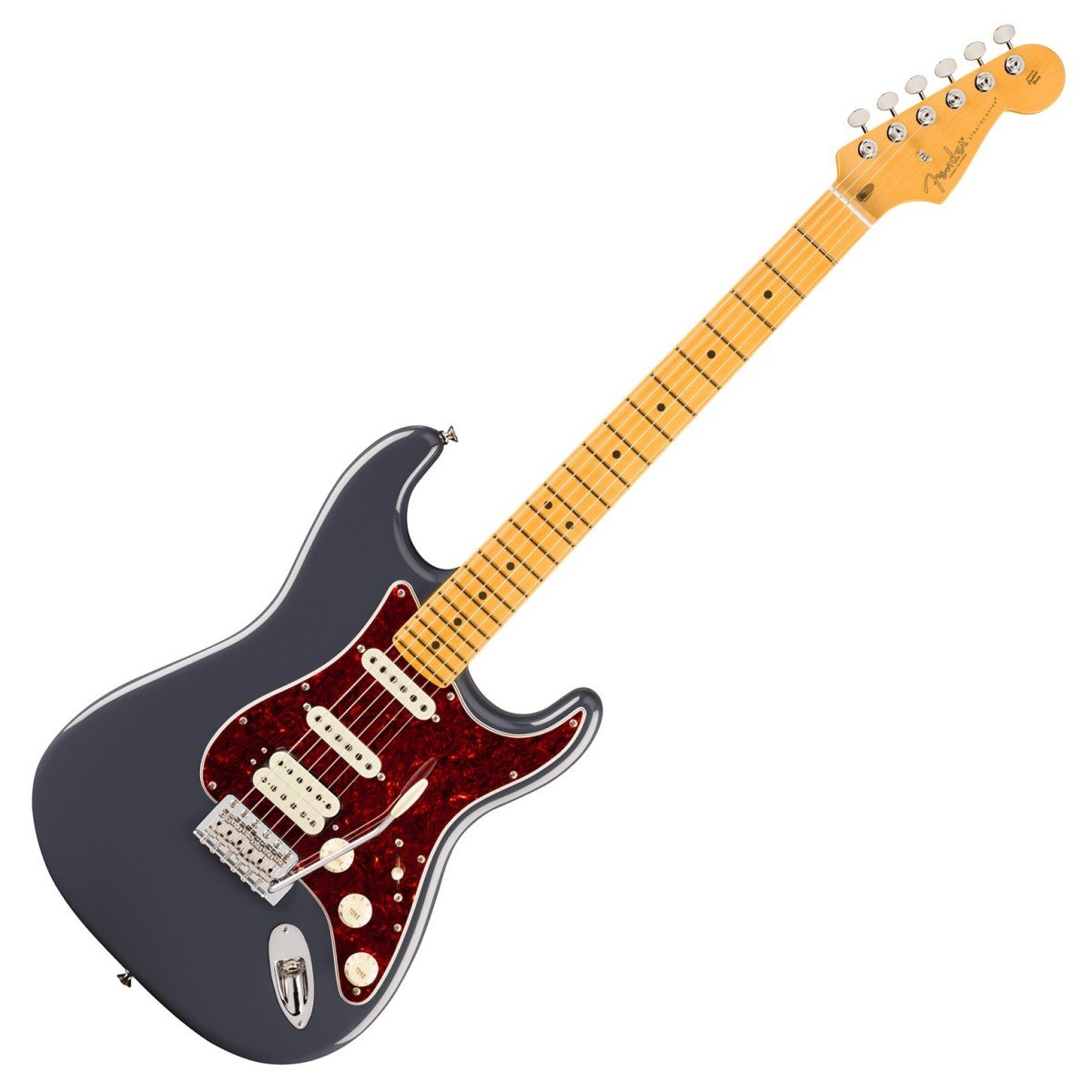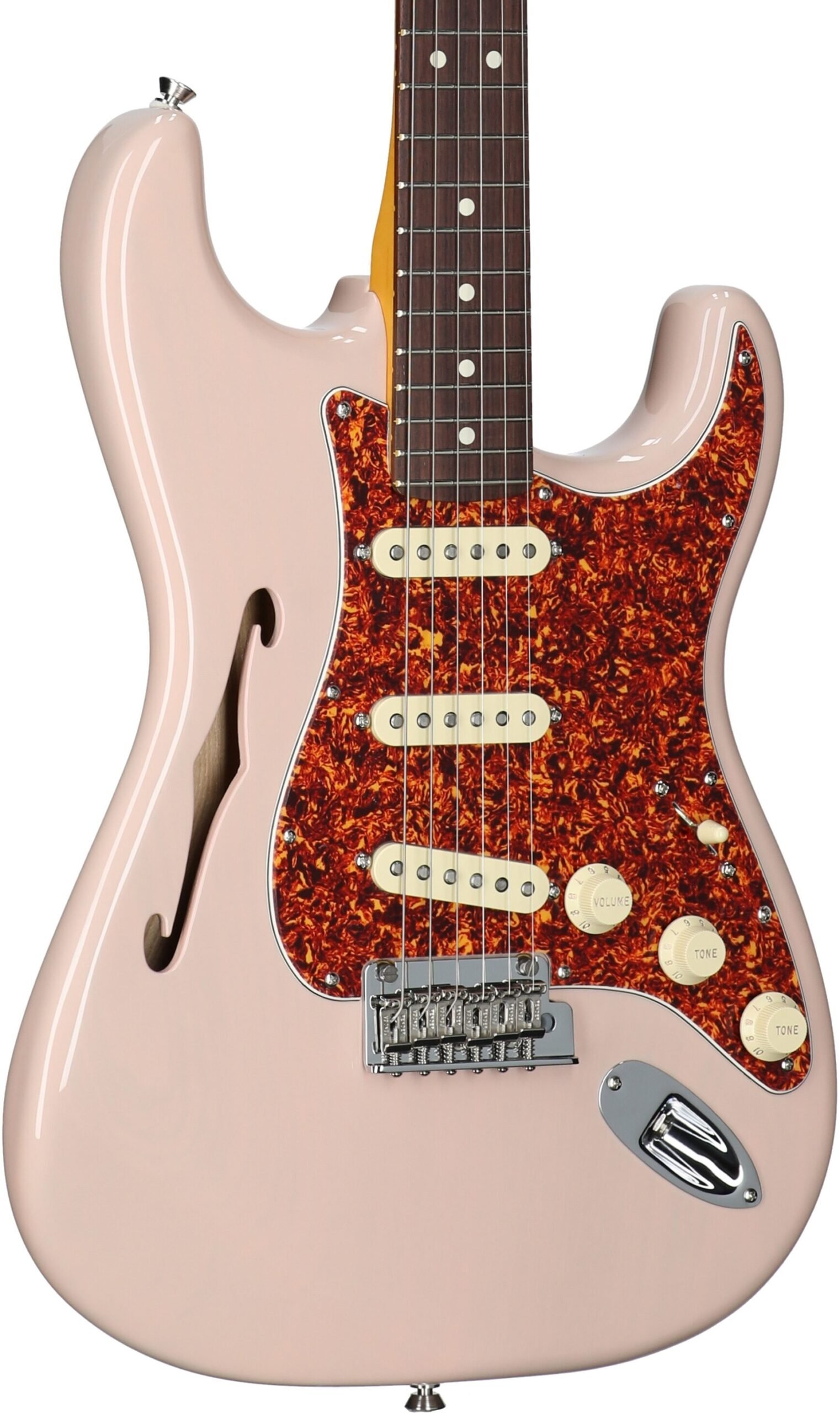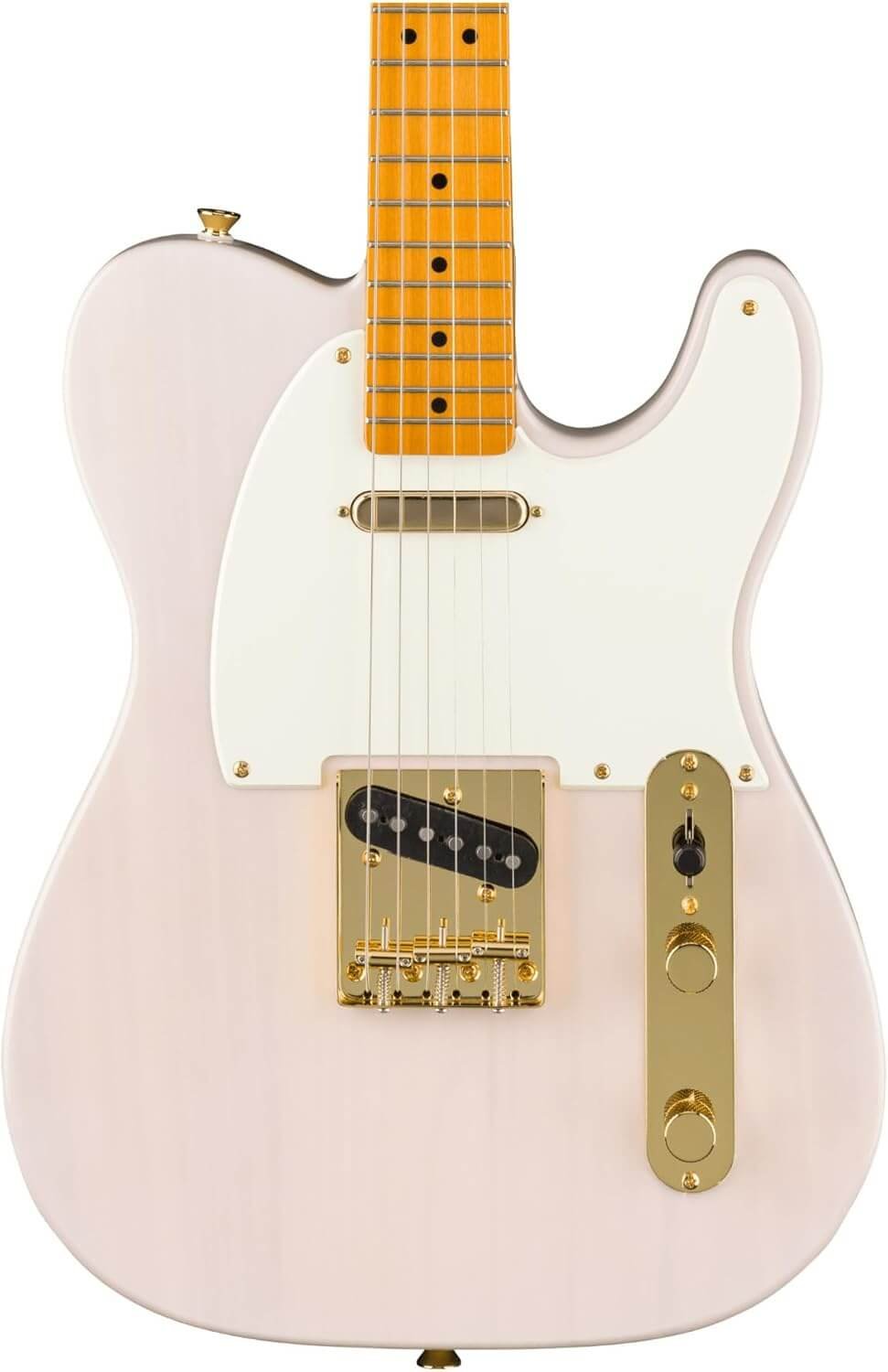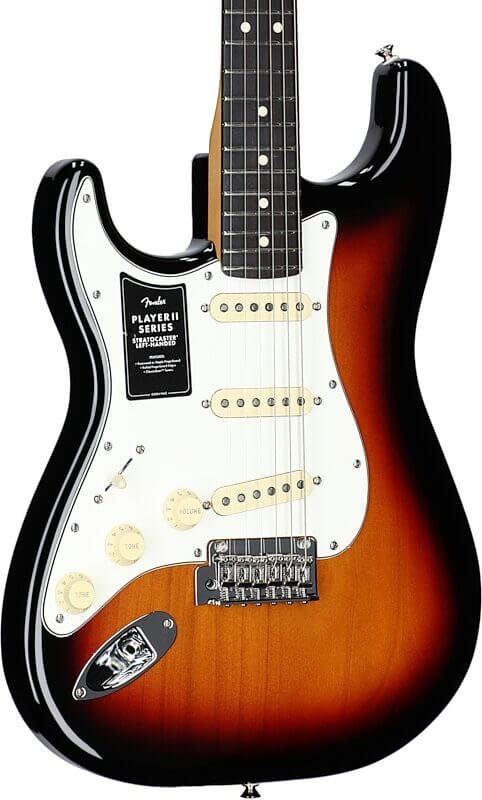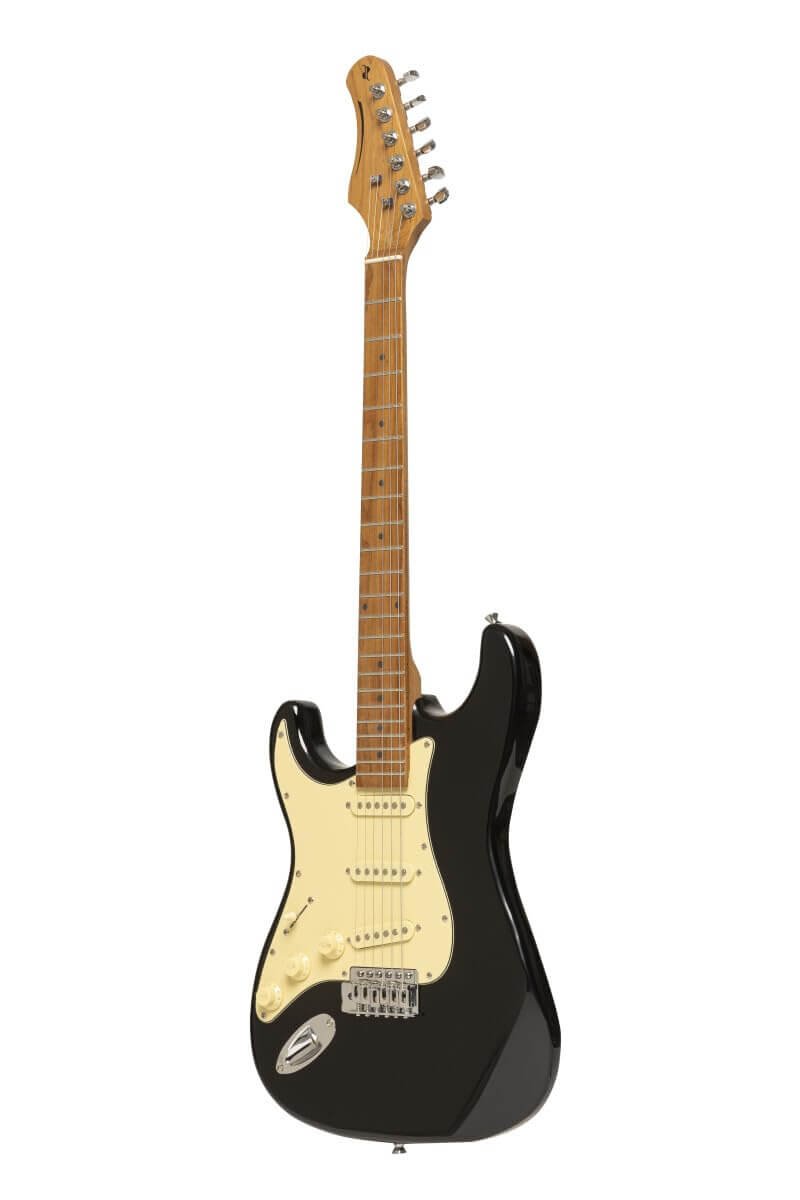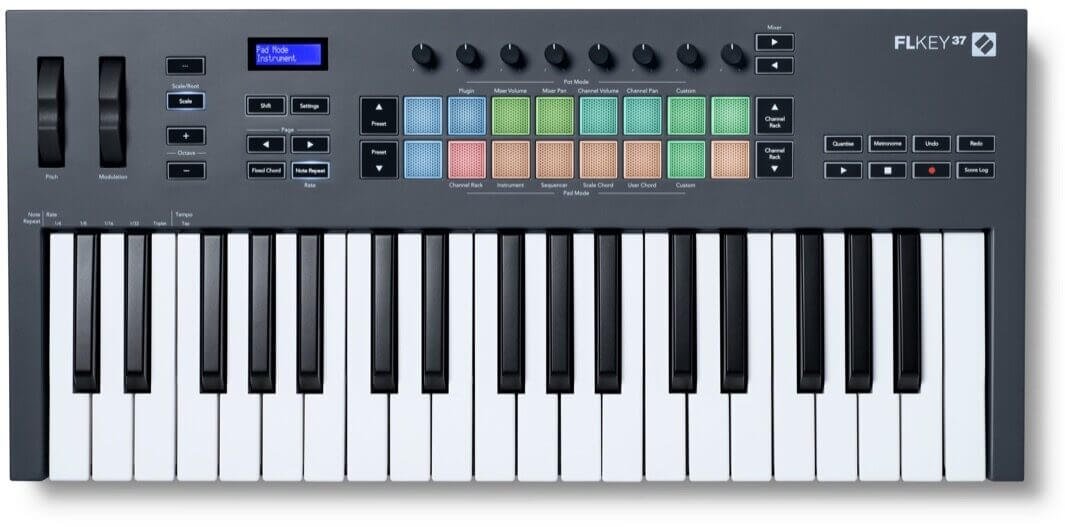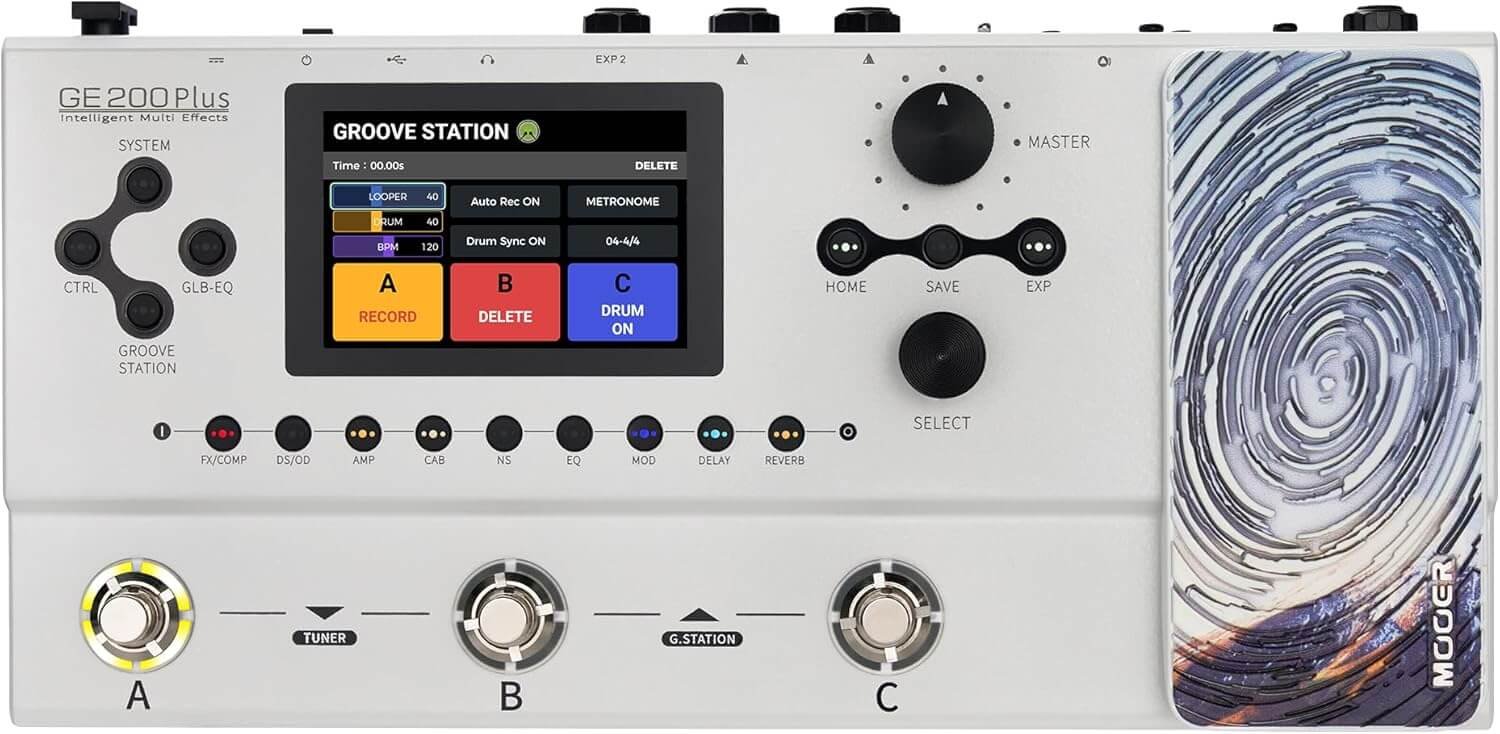Introduction to Wah Pedals
The wah pedal is a unique type of electric guitar effects pedal that modifies the instrument’s tone and frequencies, deeply influencing the sound produced by the guitarist. Originating in the 1960s, the wah pedal gained tremendous popularity among musicians and has since become a staple in rock, funk, and blues music. The design typically features a foot-activated wah function that allows players to manipulate their sound in real-time, creating a distinctive vocal-like quality that enhances expressiveness during performances.
The genesis of the wah pedal can be traced back to the innovation of the original Cry Baby model, which was developed by Dunlop in 1967. This model became incredibly sought after, as it allowed guitarists to experiment with tone in a way that was previously not possible. Over the years, various manufacturers introduced their models, each adding unique features and enhancements. Still, the fundamental concept of altering the sound spectrum remained at the forefront of the wah pedal’s functionality.
Wah pedals operate on the principle of a bandpass filter. This means they boost certain frequencies while attenuating others, resulting in a “crying” sound that can be manipulated depending on the position of the foot lever. The dynamic range of the wah pedal allows for a wide array of tonal modifications, enabling musicians to create effects that enhance solos, riffs, or rhythm parts. This functionality makes it an essential tool for guitarists who aim to diversify their sound and add an expressive layer to their performances.
As the music industry evolved, so did the wah pedal, adapting to various playing styles and musical genres. Today, modern variations include additional features like adjustable frequency range, built-in effects, and even digital models that offer extensive sound customization. Despite these advancements, the fundamental appeal of the wah pedal remains unchanged: its ability to serve as a powerful tool for enhancing creativity and expression in electric guitar performance.
Overview of Jim Dunlop as a Brand
Founded in 1965, Jim Dunlop is recognized as a pioneering force in the music gear industry, having made significant contributions that resonate with musicians around the globe. Initially starting as a small company specializing in the production of guitar picks, Dunlop quickly expanded its product line to include a variety of accessories, effects pedals, and amplifiers. The brand’s commitment to crafting high-quality products has allowed it to maintain a solid reputation and grow into a household name among professional and amateur musicians alike.
At the core of Jim Dunlop’s philosophy is a dedication to innovation and quality. The company is constantly striving to develop new technologies and improve existing products, making it a staple in the music equipment industry. For instance, the Cry Baby Wah pedal, one of its flagship products, exemplifies their ethos of blending traditional craftsmanship with modern engineering. Musicians appreciate that Dunlop focuses on both tone quality and durability, ensuring that their products can withstand the rigors of live performances and provide consistent sound quality.
Furthermore, Jim Dunlop has built a strong community around its products, collaborating with renowned artists and musicians to refine its offerings. This partnership with professionals not only enhances product development but also reinforces the brand’s image as an industry leader. From rock legends to contemporary players, countless musicians rely on Jim Dunlop products to elevate their performances. In this way, the company continues to be a trusted ally for those seeking exceptional sound and performance in their instruments and accessories.
In summary, Jim Dunlop has positioned itself as a leading manufacturer in the music gear industry through a perfect blend of heritage, innovation, and quality craftsmanship. As it continues to evolve, the brand commits to meeting the evolving needs of musicians, ensuring its products remain relevant and highly coveted.
The Cry Baby Standard Wah Pedal: First Impressions
The Jim Dunlop Cry Baby Standard Wah Pedal is a well-recognized tool among guitarists, celebrated for its distinctive sound and versatility. Upon first encounter, the pedal exudes a robust yet refined appearance that captures the essence of classic guitar gear. The exterior features a matte black finish coupled with sleek, minimalist design elements, which not only enhances its aesthetic appeal but also signifies durability. The pedal is built to withstand the rigors of live performances, making it an attractive option for both seasoned players and newcomers alike.
One of the standout features of the Cry Baby Standard Wah is its rugged construction. The sturdy housing is made from a resilient aluminum material, ensuring that it can endure the demanding environments often found in gigs or recording sessions. This build quality reflects the manufacturer’s commitment to producing a pedal that is not only visually appealing but also practical and long-lasting. Musicians can feel confident that their investment will remain functional over time, regardless of the performance setting.
Ergonomically, the Cry Baby Standard Wah is easy to manipulate, with a wide foot tread that allows for effortless activation. This design aspect ensures that players can seamlessly incorporate effects into their playing style, whether they are performing intricate solos or groovy rhythms. Additionally, the positioning of the input and output jacks is thoughtfully designed to minimize space on stage, while also enabling quick setup and teardown during performances. Overall, the combination of aesthetic appeal, robust build quality, and user-friendly features makes the Jim Dunlop Cry Baby Standard Wah Pedal an enticing choice for guitarists seeking a reliable and effective wah pedal.
Sound Quality and Performance
The Jim Dunlop Cry Baby Standard Wah Pedal is revered among guitarists not only for its iconic design but also for its exceptional sound quality and performance characteristics. This pedal offers impressive tonal versatility, making it suitable for a diverse range of musical genres and playing techniques. The fundamental sound is characterized by a pronounced midrange vocal quality, allowing musicians to create expressive sweeps that can dramatically enhance their performances.
One of the significant aspects of the Cry Baby Standard is its sonic range. The pedal offers an expansive sweep that highlights various frequencies, providing the user with the ability to fine-tune their sound. Whether one is playing rock, blues, funk, or even jazz, this wah pedal adapts remarkably well to the player’s style. The quick responsiveness of the pedal ensures that those subtle tonal nuances are captured, enhancing the overall expressiveness of the instrument.
Additionally, the Cry Baby Standard features a rugged construction, which is vital for live performances and studio settings alike. Its sturdy build and high-quality components contribute to its reliability and longevity, allowing musicians to depend on it during critical moments in their performances. Moreover, the pedal’s design allows for seamless integration with other effects, making it versatile within a pedalboard setup.
The pedal’s expressive potential excels when paired with various playing techniques—ranging from subtle sweeps to aggressive rhythmic patterns. Guitarists can experiment with their dynamics while still receiving an articulate response from the pedal. This unique combination of sound quality and performance not only enhances individual playing but also complements ensemble settings, enriching the overall musical experience. In summary, the Jim Dunlop Cry Baby Standard Wah Pedal stands as a reliable choice for those striving for sonic excellence across multiple genres.
Ease of Use and Setup
The Jim Dunlop Cry Baby Standard Wah Pedal is designed with user-friendliness at its core, making it an excellent choice for both novice and experienced guitarists. The setup process is straightforward, employing a plug-and-play functionality that allows musicians to start using the pedal almost immediately. Upon removal from the packaging, users simply need to connect the Cry Baby Wah to their guitar and amplifier using standard instrument cables, without the need for complicated configurations.
Once connected, the pedal operates seamlessly, thanks to its classic wah circuit, which does not require extensive tweaking for enjoyable sound output. However, it does offer adjustments that can enhance performance. Users can easily modify the wah tone by tapping into the variable resistor, allowing for a personalized sound experience that suits different playing styles. The simple nature of these settings keeps the focus on creativity rather than intricate technicalities.
Durability and reliability are also paramount with the Cry Baby Wah Pedal. Built with a robust chassis, this pedal is engineered to withstand the rigors of live performances. Musicians can depend on it to perform consistently on stage, even during demanding setlists. The rugged design is complemented by a non-slip grip tread, ensuring that the pedal remains stable during use, further adding to its ease of operation. Overall, the combination of user-centric design, reliable build quality, and versatile functionality makes the Cry Baby Wah an exceptional choice for those seeking a wah pedal that is as practical as it is effective.
Comparison with Other Wah Pedals
The Jim Dunlop Cry Baby Standard Wah Pedal has established itself as a staple in the world of guitar effects, but it exists within a crowded market populated by various other wah pedals. Some of these notable competitors include the Vox V847 Wah, the Morley Bad Horsie 2, and the Fulltone Clyde Standard Wah. Each of these pedals offers unique features and tonal characteristics that cater to different playing styles and preferences.
When comparing the Cry Baby to the Vox V847, one immediate distinction is the pedal’s sweep range and tone shaping capabilities. The Vox wah tends to provide a more pronounced vocal quality with its distinctive mid-range emphasis. In contrast, the Cry Baby is celebrated for its versatility and ability to produce a wide array of tones, from subtle to aggressive. Both pedals fall within a comparable price bracket, generally ranging from $100 to $150, which makes either choice economically viable for musicians.
On the other hand, the Morley Bad Horsie 2 Wah introduces a unique electromechanical design that automatically engages when the foot is placed on the pedal. This feature appeals to players who prefer a hands-free experience. However, it is often described as having a more limited tonal range compared to the Cry Baby. Moreover, the Fulltone Clyde Standard Wah is renowned for its premium build and tonal depth but comes with a higher price tag, usually within the $200 to $250 range, making it a more premium option.
User reviews often highlight the Cry Baby’s distinctive ability to connect with diverse musical genres, ranging from blues to rock. Many guitarists appreciate its durability and responsiveness, setting it apart from many competitors. Ultimately, the choice between the Cry Baby Standard Wah and other wah pedals will depend on individual needs, budget, and desired tonal characteristics, but it remains a preferred choice for many due to its proven track record in performance and versatility.
User Testimonials and Experiences
The Jim Dunlop Cry Baby Standard Wah Pedal has garnered a significant amount of feedback from musicians around the world, contributing to a rich tapestry of user experiences. Many players praise the pedal for its distinctive tonal quality, often noting how the sweep of the wah creates a dynamic range that elevates their performances. One guitarist highlighted how, during live shows, the Cry Baby enhances both solos and rhythm, allowing for seamless transitions that captivate the audience. Such sentiments are echoed by various artists who regularly incorporate the pedal into their setups, asserting that its reliability has become an integral part of their sound.
Aside from tonal advantages, users consistently commend the Cry Baby’s robust build quality. Musicians have observed that the durability of the pedal ensures it can withstand the rigors of touring and extensive use without compromising performance. For example, a bassist expressed satisfaction with how the Cry Baby remained operational through countless gigs and studio sessions, a testament to the product’s solid construction.
However, the Cry Baby is not without its criticisms. Some users have reported concerns regarding the pedal’s weight, indicating that it might not be ideal for those transitioning between various setups frequently. There are also comments about the learning curve associated with mastering the pedal’s control, particularly for beginners who may initially struggle with achieving the desired sound. Nevertheless, many saw this challenge as a growth opportunity, enhancing their playing skills over time.
Overall, the cumulative feedback presents a comprehensive understanding of the Cry Baby Standard Wah Pedal’s strengths and areas for improvement, guiding potential buyers in their decision-making process. The balance of positive and critical suggestions enriches the narrative surrounding this iconic effects pedal, making it a staple in the gear collection of both amateur and professional musicians alike.
Pricing and Value for Money
The Jim Dunlop Cry Baby Standard Wah Pedal is often regarded as a staple in the realm of effects pedals, making its pricing an essential factor for prospective buyers. As of October 2023, the Cry Baby Wah is typically priced between $70 to $100, depending on the retailer and any ongoing promotions. This pricing places it in the mid-range category of guitar effects pedals, which is quite reasonable given its historical pedigree and reputation for quality.
When evaluating its value for money, the features offered by the Cry Baby Wah are noteworthy. The pedal is equipped with a classic wah sound, a robust construction, and user-friendly operation. For both beginner guitarists and seasoned musicians, the pedal delivers a wide range of tonal options that can enhance various playing styles. The foot pedal’s responsiveness and reliability make it a preferred choice in a market crowded with alternatives. In comparison to similarly-priced wah pedals, the Cry Baby stands out for its durability and the vintage character of its sound, leading to a strong perception of value among users.
Competitor offerings, such as the Ibanez WH10 or the Vox Wah, often come with specific features or unique tonal qualities that appeal to niche markets. However, they frequently lack the universal acclaim that the Cry Baby Wah enjoys. Many users appreciate the Cry Baby’s straightforward design, allowing them to focus on their performance rather than intricate controls found on some alternatives.
In essence, the pricing of the Jim Dunlop Cry Baby Standard Wah Pedal reflects its quality and performance. When considering the overall features, build quality, and historical significance, many musicians find that it represents a solid investment in their tone and sound palette. The Cry Baby Wah’s value for money is evident, especially when juxtaposed against other options on the market.
Conclusion and Final Thoughts
Throughout this comprehensive review of the Jim Dunlop Cry Baby Standard Wah Pedal, we have explored its various features, sound quality, and the craftsmanship that goes into its design. The Cry Baby, renowned for its expressive tone and design simplicity, continues to be a staple in the arsenal of many guitarists, both novices and professionals alike. The pedal’s ability to deliver a wide range of tones, from subtle boosts to dramatically pronounced wah effects, positions it as a versatile tool for various genres.
One of the standout attributes of the Cry Baby Standard Wah is its user-friendly nature, making it accessible for beginners while still providing sufficient depth for seasoned musicians looking to refine their sound. This dual appeal ensures that it can cater to both casual players and those seeking to integrate it into more complex setups. The robust construction and reliability further reflect Jim Dunlop’s commitment to quality, ensuring that the pedal withstands the rigors of extensive use in live settings.
Moreover, the Cry Baby’s tonal characteristics make it particularly ideal for rock, blues, and funk genres, where expressive dynamics play a crucial role. Guitarists looking to add texture and emotional depth to their playing will find this pedal to be a valuable asset in their sound design. Its inherent flexibility allows musicians to manipulate their tones easily, adapting the wah effect to suit individual styles and preferences.
In conclusion, the Jim Dunlop Cry Baby Standard Wah Pedal stands out as a high-quality option for any guitarist seeking to enhance their performance. By fusing reliability with superior tonal capabilities, Jim Dunlop has solidified its legacy in the music equipment industry. This wah pedal not only serves as an essential tool for sound creation but also embodies the artistic spirit that resonates with music enthusiasts worldwide.


